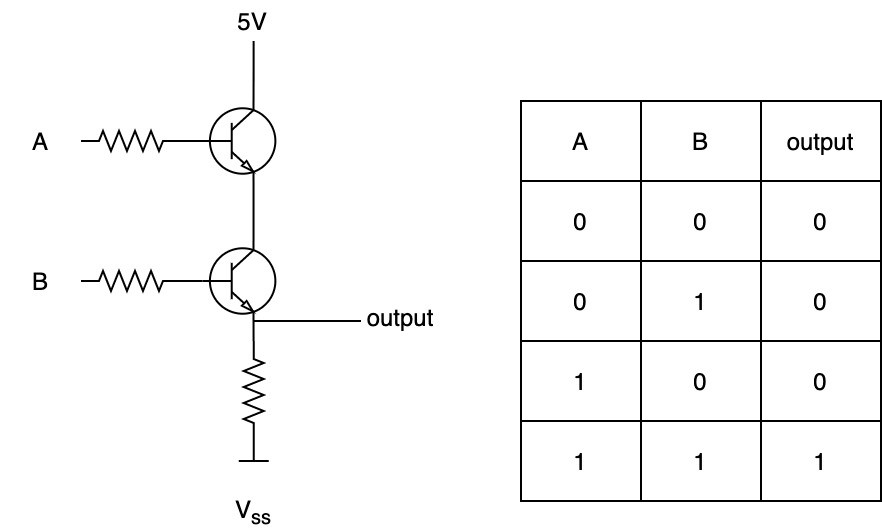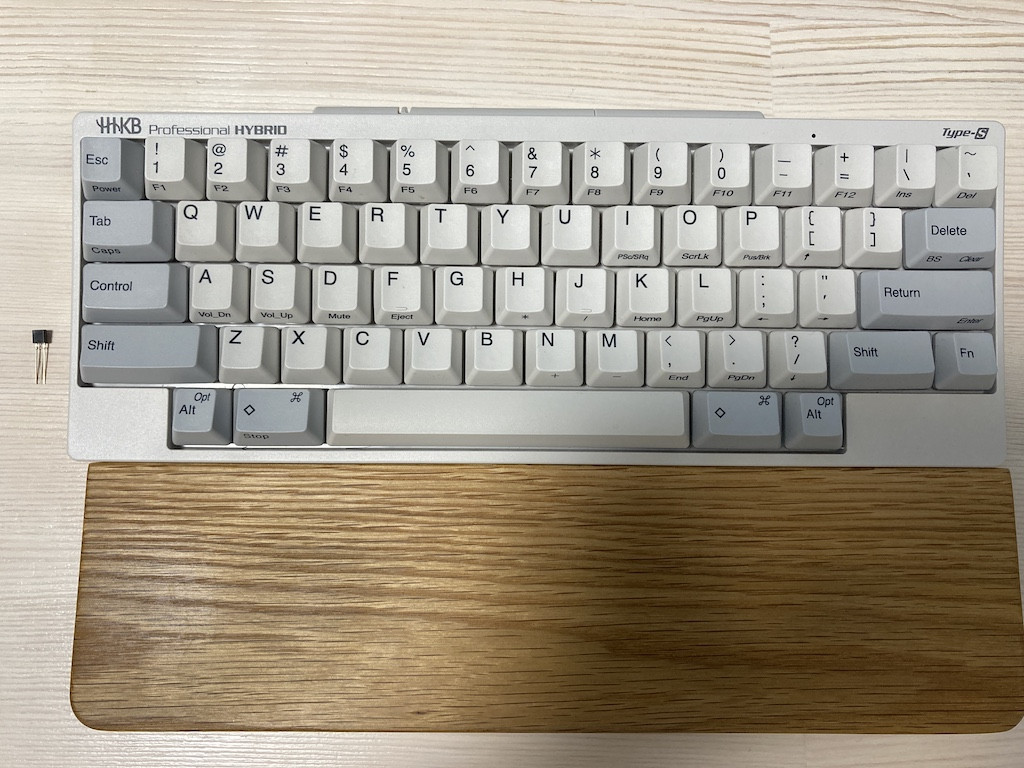If you have any questions or feedback, pleasefill out this form
This post is translated by ChatGPT and originally written in Mandarin, so there may be some inaccuracies or mistakes.
Semiconductors can be said to be an omnipresent existence. In almost every electronic product around us, from smartphones, smartwatches, and headphones, to computers, microwaves, rice cookers, and refrigerators; all the way to cars, subways, and airplanes. What makes semiconductors so powerful? Why is TSMC, the company that processes semiconductors, referred to as the "Sacred Mountain" of the nation?
Semiconductors are Components that Control Electricity (and Magnetism)
The remarkable aspect of semiconductors is that they can control current and voltage. This may sound simple, but from a broader perspective, the operation of any electrical appliance and 3C product relies on precise control of electricity.
In addition to controlling current and voltage, semiconductors also perform the function of signal amplification. For example, the principle of a speaker is based on the fact that current generates an electromagnetic field. By controlling the current to achieve a specific frequency, the speaker vibrates with the air to produce sound. Since the current of the signal is very small, directly connecting it to the speaker would yield very low or even no sound at all. Semiconductors can amplify the current, allowing the originally tiny signal to drive the speaker.
Everything Comes from Sand
The main component of sand is silicon dioxide, which can be refined to produce crude silicon, the primary material for semiconductors—silicon (Si).
Next, it undergoes distillation and other chemical reactions to increase its purity; if the purity is not high enough, defects may arise. The next step is to manufacture silicon wafers, which are the basic elements for making ICs. Various processes are then applied to replicate circuits onto the wafer, which is subsequently packaged and tested, resulting in the various ICs we see. The entire process sounds straightforward, but transforming sand into wafers is not something you can just do at home by kneading and burning it. Every step requires the full resources of a company to accomplish.
Thinking about cramming billions of transistors into a tiny CPU, all functioning correctly, is truly a miracle of human civilization.
However, what fascinates me most is that the sand, which is omnipresent in nature, serves as the foundation for modern human technology. Ultimately, everything originates from Mother Nature.
What Makes Silicon So Special?
Now that we know the components of semiconductors come from sand (after various processing), what characteristics does silicon possess that make the semiconductor industry so reliant on it? First, it’s essential to clarify that silicon is not the only material that can be used as a semiconductor; rather, its raw materials are more readily available, which is why it is commonly used.
The key lies in silicon's atomic structure. Silicon has four electrons in its outer shell, and these electrons can more easily escape the atom's bonds when energized, becoming free-moving electrons. Once electrons are mobile, they can form an electric current.
The conductivity of an atom is determined by how easily its valence electrons can become free electrons. Insulators do not allow electrons to escape easily, preventing the formation of free electrons; conductors, on the other hand, require little energy and can generate a significant number of free electrons even at room temperature, thus allowing for conductivity.
The most significant feature of semiconductors is that, while they cannot conduct electricity under normal circumstances, they can become free electrons and conduct electricity when a voltage difference (potential difference) is applied.
Doping
To further enhance the conductivity of semiconductors (this section will use silicon as an example), other impurity elements can be added, a process known as doping.
If the doped element is a trivalent element, it will become a P-type semiconductor; if the element is a pentavalent element, it will become an N-type semiconductor. Doping makes it easier for electrons in the internal structure to flow, improving the semiconductor's conductivity.
Combining P-type and N-type semiconductors creates a diode. The primary characteristic of a diode is that it can conduct when a forward voltage is applied but cannot conduct when a reverse voltage is applied.
Transistors
By adjusting the doping concentration and adding another layer of semiconductor in the middle of the diode, we form a transistor. Taking the NPN transistor as an example, these three layers of semiconductor are called the emitter, base, and collector.

The main feature is that when we apply a forward bias between the base and emitter, due to the different doping concentrations at the base, some electrons will also move to the collector (N-type semiconductor), causing conduction between the emitter and collector.
In simple terms, we can control whether the emitter and collector conduct by adjusting the input voltage (high potential and low potential) at the base and emitter, achieving a switch effect.
In addition to the switching effect, transistors can also be used as amplifying circuits. However, due to space constraints, this explanation will focus solely on their switching function.
It’s worth mentioning that when we talk about the direction of current in a circuit, it is actually opposite to the actual flow of electrons. Only electrons can move in the circuit. The reason for this representation is that people have grown accustomed to the concept of current flowing from positive to negative.
Logic Gates
Now, with the switch structure in place, we can implement logic gates. For example, to create an AND circuit, we can do the following:

The entire circuit will only conduct when both A and B are supplied with voltage, achieving the AND effect.
The following image shows a scale comparison between a transistor and a keyboard:

Semiconductor Industry
While these transistors are already quite small, it's evident that for modern CPUs, which are calculated in the billions of transistors, they are still too large. Therefore, the primary challenge for the modern semiconductor industry is how to fit more transistors into a limited area. In the 1970s, the process was at 10um, and now it has reached 5nm, which is 2000 times smaller than in the 1970s.
Some Thoughts
I personally hope that semiconductor manufacturing processes can become widespread in ordinary households in the future, similar to 3D printing. It doesn't need to be at the nano scale; as long as it can be at the micron scale or even higher, it would allow ordinary people to create integrated circuits.
Upgraded Homemade Silicon Chips
Currently, it seems that as long as there is equipment, creating these chips is not as challenging as one might think. However, the equipment seen in the videos appears to be quite costly, and most households may not have the space for it. I wonder if there will be revolutionary technologies in the future that significantly change how people manufacture integrated circuits?
If you found this article helpful, please consider buying me a coffee ☕ It'll make my ordinary day shine ✨
☕Buy me a coffee